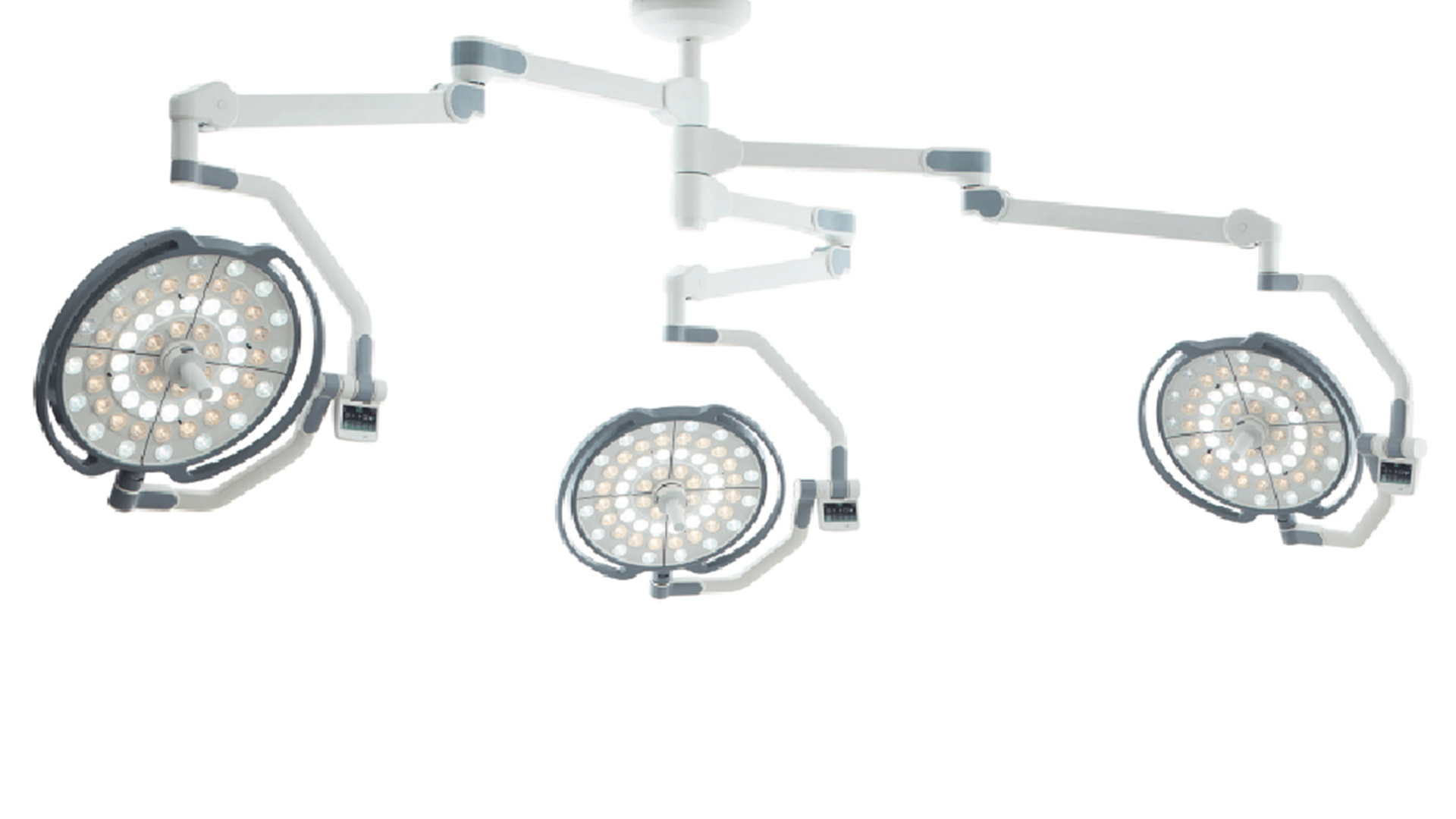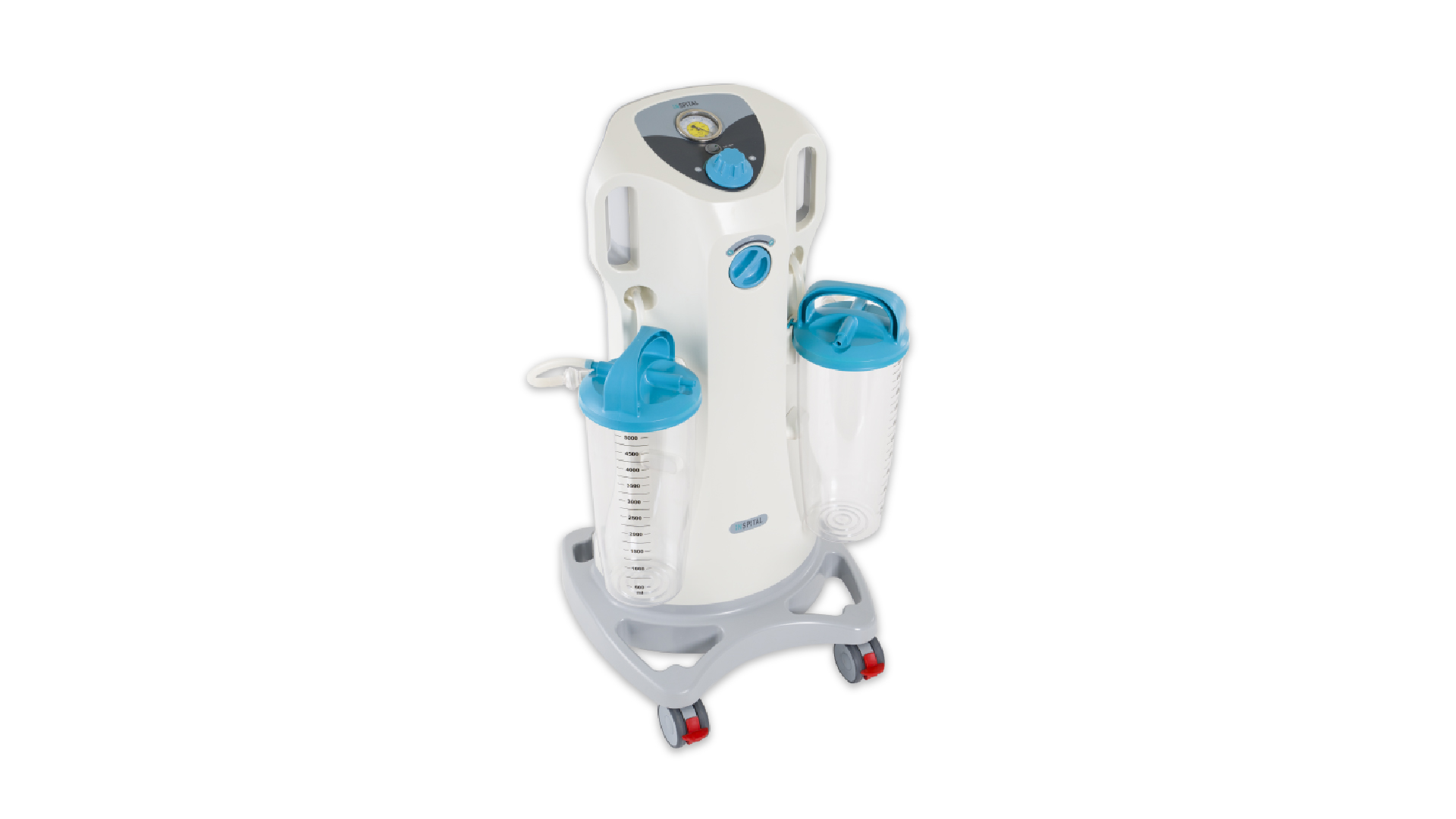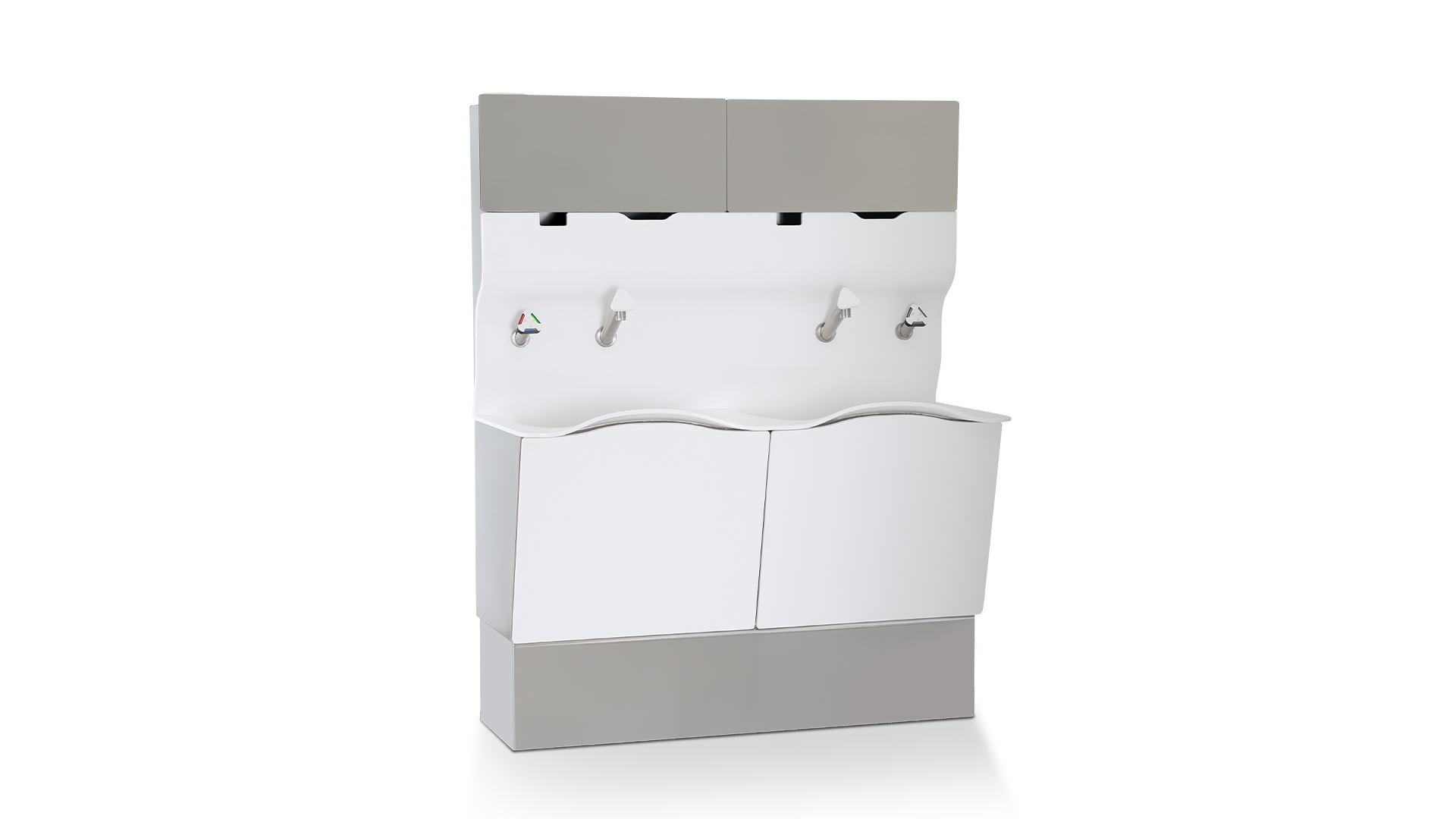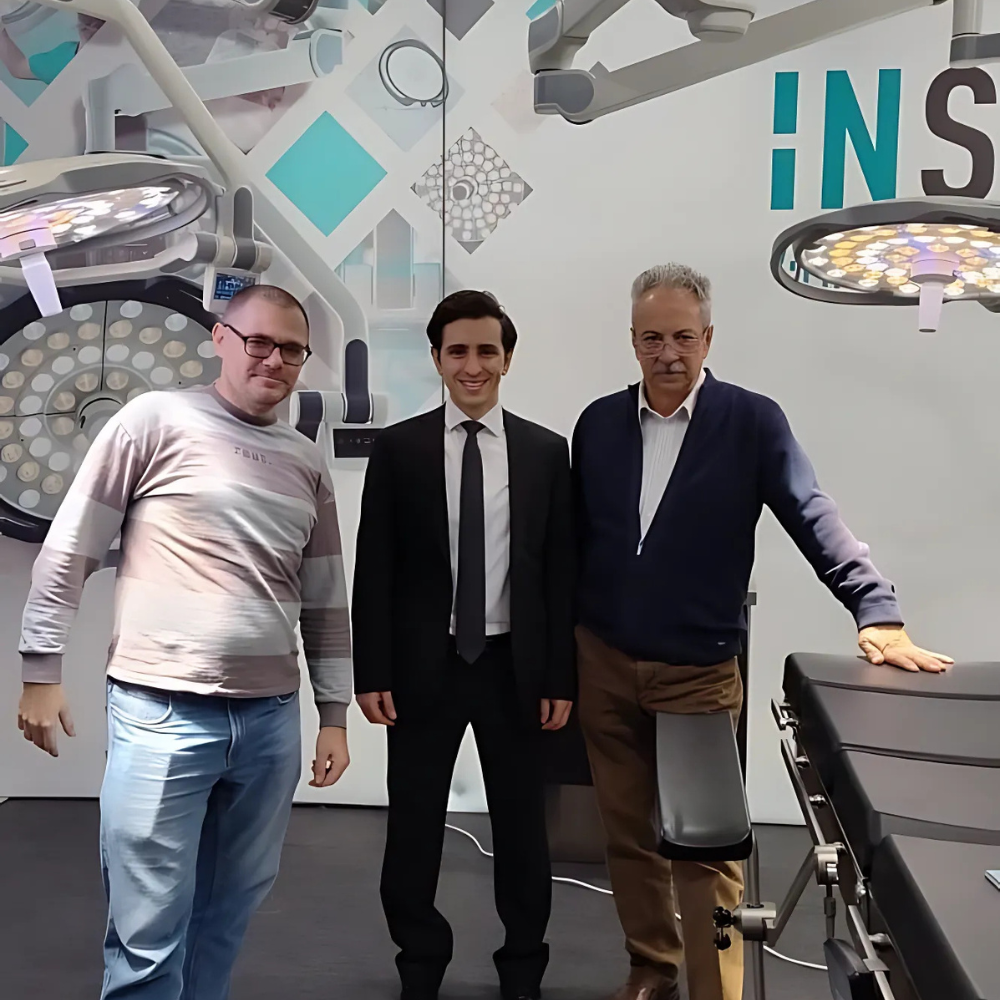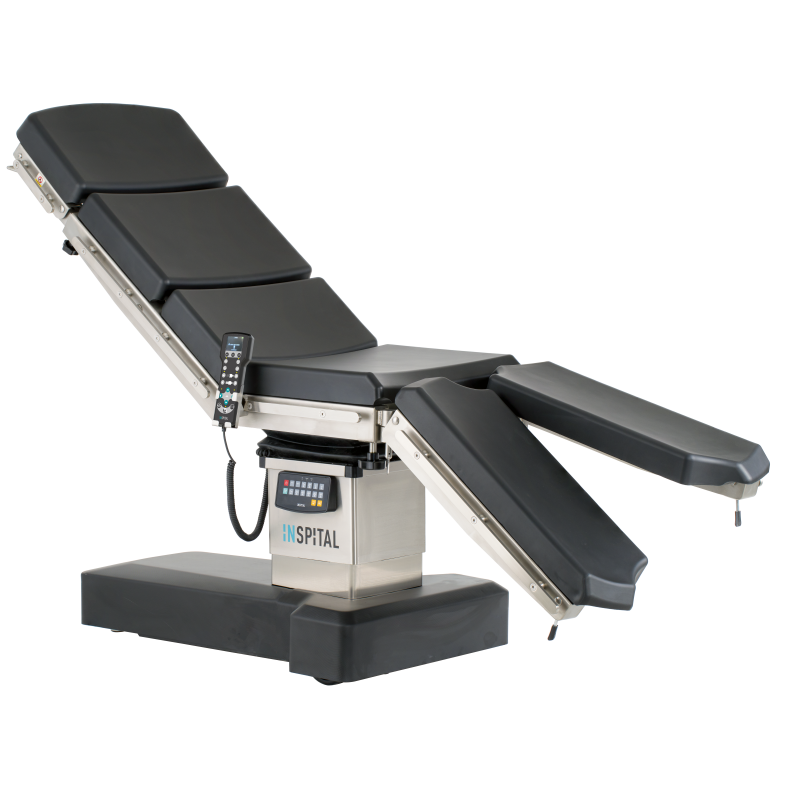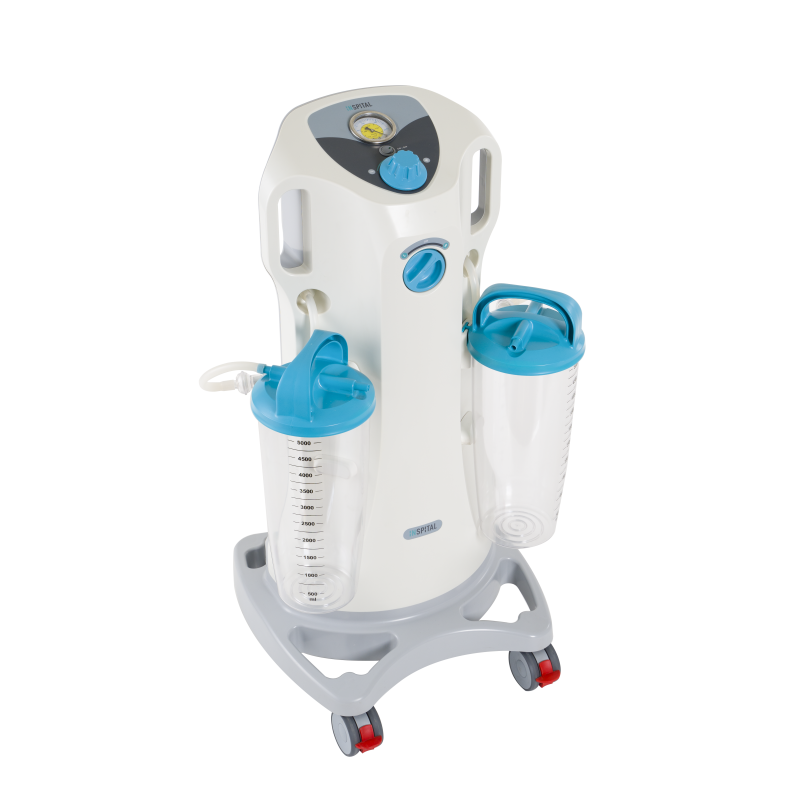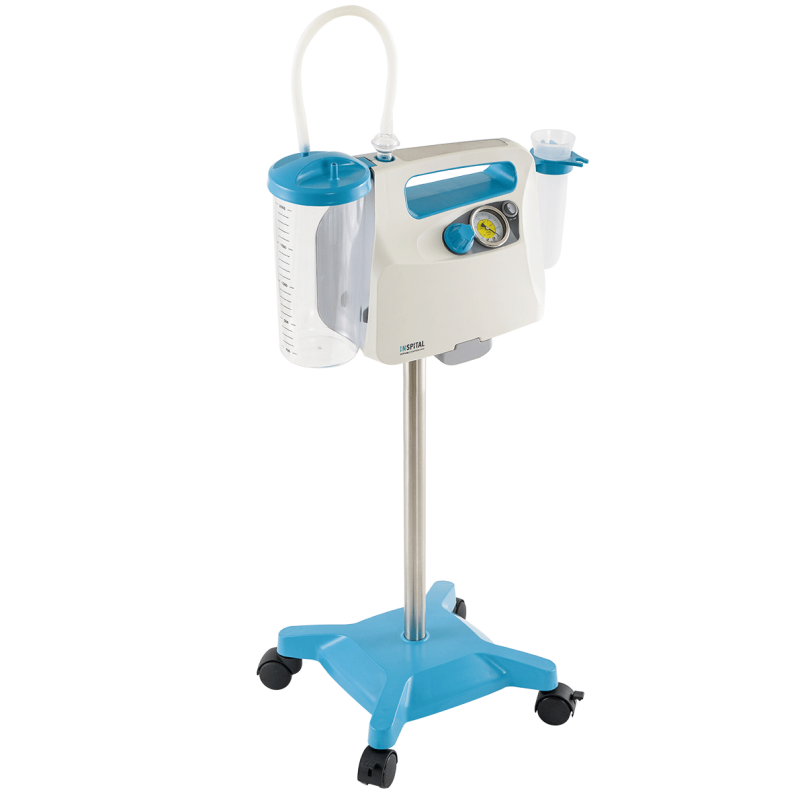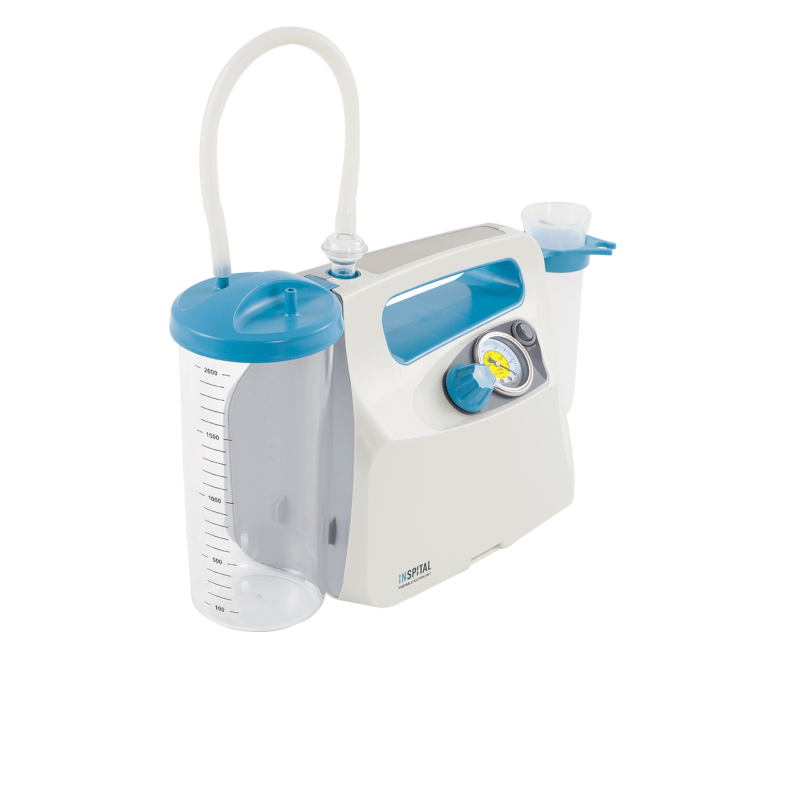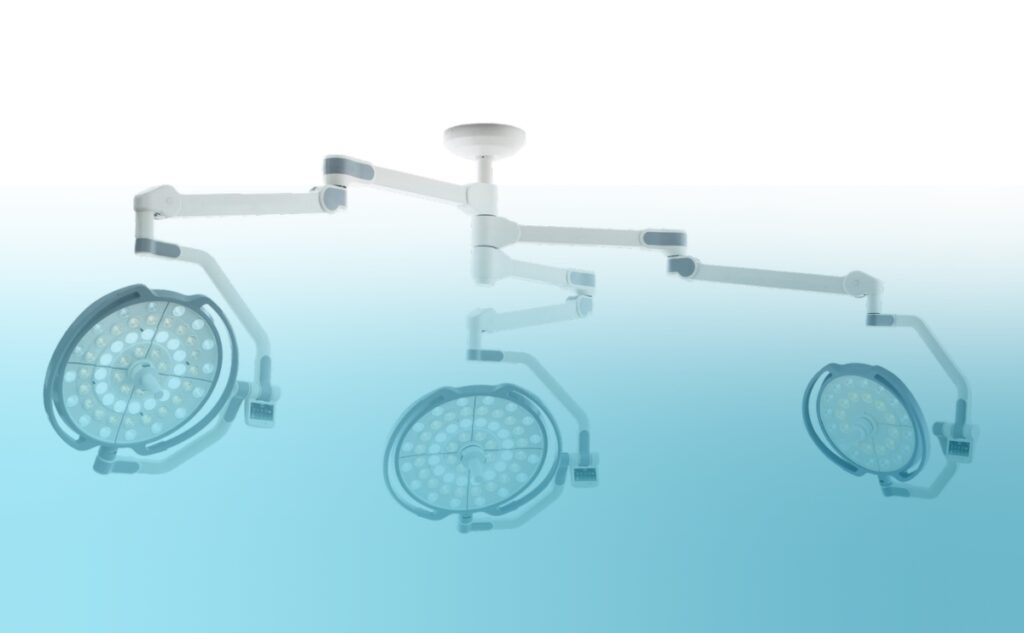Future of Medical Technology: What Trends Should Clinics and Hospitals Keep in Mind for 2025?
- Current News, Inspital Medical Technology, Research

Contents
Artificial Intelligence and Automation
Artificial intelligence is becoming increasingly powerful and versatile in medical technology. AI-supported diagnostic systems significantly improve the accuracy and speed of diagnosis. Particularly in radiology, pathology, and dermatology, AI algorithms can analyze large amounts of data and recognize patterns that are difficult for doctors to identify.
Another major area of application is robotics: surgical assistance systems such as an operating robot enable more precise minimally invasive procedures with fewer complications and shorter recovery times. In nursing and hospital logistics, autonomous robots are increasingly being used to transport medications or laboratory samples, relieving the medical staff.
Telemedicine and Digital Patient Care
The COVID-19 pandemic has greatly accelerated the acceptance of telemedicine. In 2025, virtual consultations, remote monitoring of chronic diseases, and AI-supported health apps will continue to gain importance. Patients can monitor their vital signs with wearable sensors and smartwatches, while doctors can evaluate the data in real-time and respond early to changes.
These technologies help to relieve overcrowded emergency rooms and doctor's offices. Especially in rural areas with limited access to specialists, telemedicine offers an effective way to improve medical care.
Connected Medical Technology and IoMT (Internet of Medical Things)
The "Internet of Medical Things" (IoMT) describes the increasing interconnection of medical devices, sensors, and software solutions. Smart hospital beds automatically adjust to patients' needs, while intelligent infusion systems monitor medication dosages in real-time.
By connecting these devices to central hospital systems, doctors and nurses can access patient data in real-time, allowing treatment decisions to be made faster and more informed. At the same time, IoMT solutions enable predictive maintenance of medical devices to prevent failures and reduce costs.
3D Printing for Customized Medical Products
3D printing is revolutionizing the production of implants, prosthetics, and medical instruments. In 2025, personalized implants that perfectly fit the patient's anatomy will be used more frequently. 3D printing of organ-like tissue for transplantation research is also making progress.
Another area of application is the rapid production of medical accessories, especially in times of crisis. For example, during the COVID-19 pandemic, urgently needed ventilator parts could be produced by 3D printing. This technology will play an even greater role in making medical technology more flexible in the future.
Advances in Personalized Medicine
Thanks to genetic analyses and big data technologies, medicine can be increasingly tailored to individual patients. The goal is to develop customized therapies based on a person's genetic and biological characteristics.
An example is personalized cancer therapy: Instead of applying standard chemotherapy, doctors can prescribe medications specifically tailored to the patient's tumor profile. The concept of "precision medicine" is also gaining importance in pharmacology to reduce side effects and improve the effectiveness of medications.
Sustainability in Medicine
Hospitals and clinics are under increasing pressure to operate more sustainably. Medical devices with lower energy consumption, recyclable materials, and environmentally friendly manufacturing processes will play a larger role in 2025.
Many companies are already developing reusable surgical instruments, sustainable packaging solutions, and energy-efficient medical devices. The reduction of hospital waste through digital patient records and paperless documentation also contributes to the ecological responsibility of the healthcare sector.
AR and VR in Medicine
AR and VR are revolutionizing medical education and therapy. Surgeons can train for complex operations with VR simulations before performing them on patients. In rehabilitation, VR applications support patients after strokes or injuries by enabling targeted movement exercises in virtual environments.
Immersive VR experiences are also used in psychotherapy to treat patients with anxiety disorders or post-traumatic stress disorders. These technologies will be further integrated into everyday clinical practice in the coming years.
Conclusion on the topic: Future of Medical Technology
From medical technology to sustainable innovations - the trends of 2025 will make patient care more efficient, safer, and more individualized.
Hospitals and clinics should address these developments early to remain future-proof and benefit from technological advancements. The changes in medical technology not only offer new possibilities for better patient care but also opportunities for cost reduction and process optimization.
Which of these technologies are already in use in your clinic? Which trends do you see as particularly relevant for the future? Let's talk about it!
Current News
- Current News, Inspital Medical Technology, Research
News Press
Here you will find current news about trade fairs, congresses, PR and other relevant topics.

